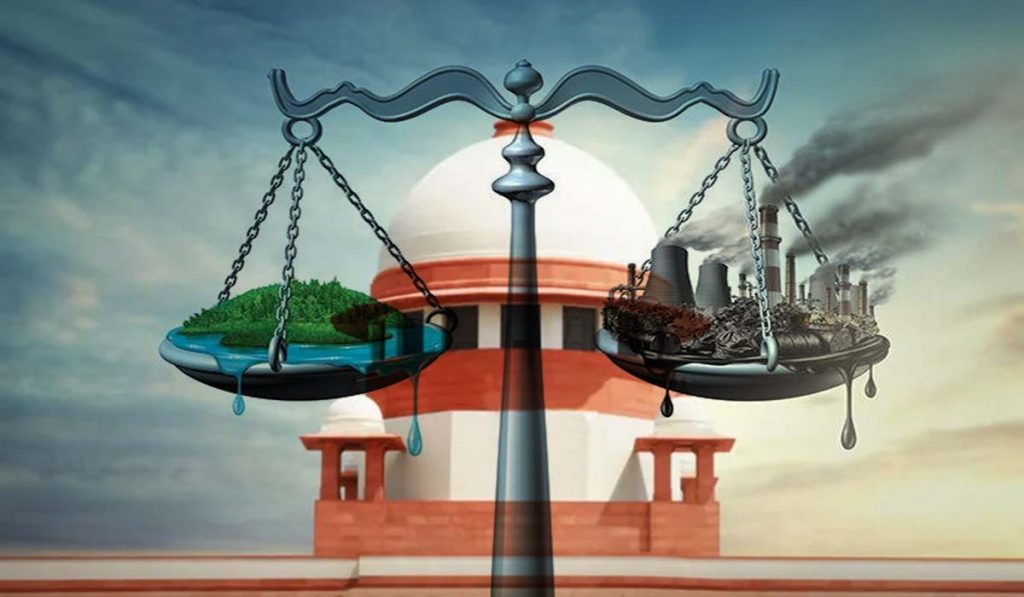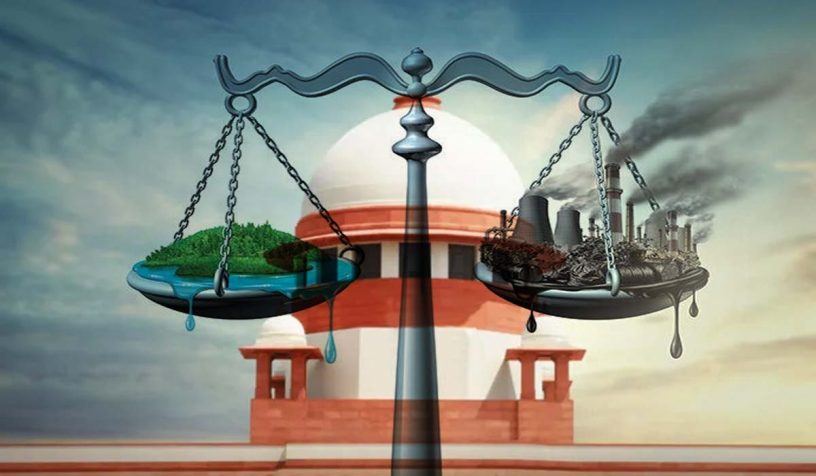
The researchers have found lack of pro-environment consistency in the Supreme Court of India’s decisions.
Authors
Armin Rosencranz, Professor and Dean, Jindal School of Environment and Sustainability, O.P. Jindal Global University, Sonipat, Haryana, India.
Raghuveer Nath, Jindal School of Environment and Sustainability, O.P. Jindal Global University, Sonipat, Haryana, India.
Summary
The Indian judiciary, through the 1980s, responded to governmental inaction towards environmental degradation through the process of public interest litigation. This allowed the courts to provide wider remedies by way of procedural innovations such as the expansion of locus standi and the introduction of a nonadversarial procedure.
By reading the right to a clean environment as a subset of the right to life guaranteed under Article 21 of the Indian Constitution, the courts sought to prevent further degradation of the environment.
Although the Supreme Court enunciated the principles of sustainable development, along with the precautionary and “polluter pays” principles, there was no proenvironment consistency in the Court’s decisions.
Published in: Environmental Policy and Law
To read the full article, please click here.


